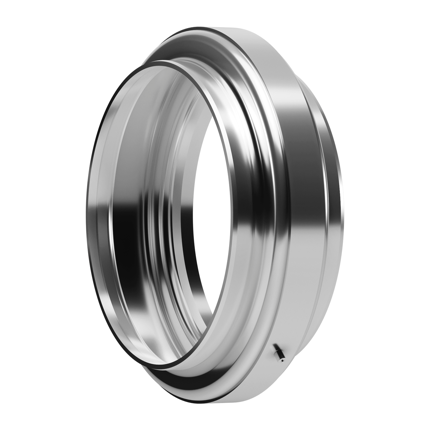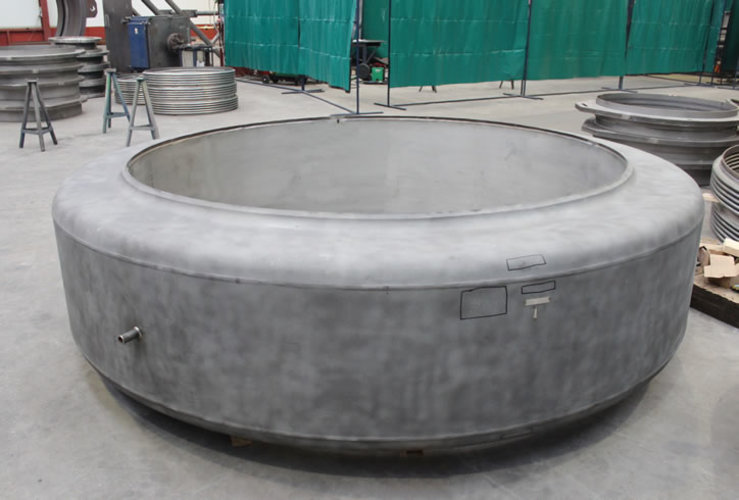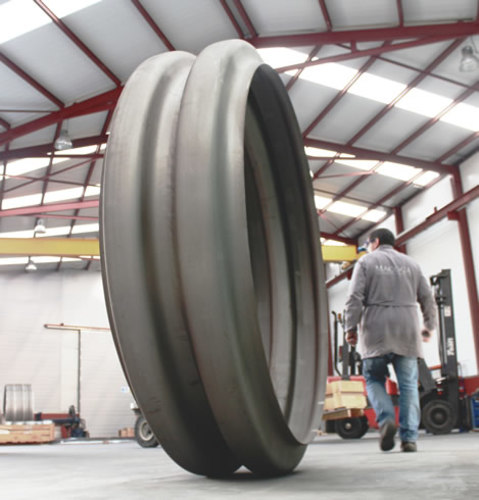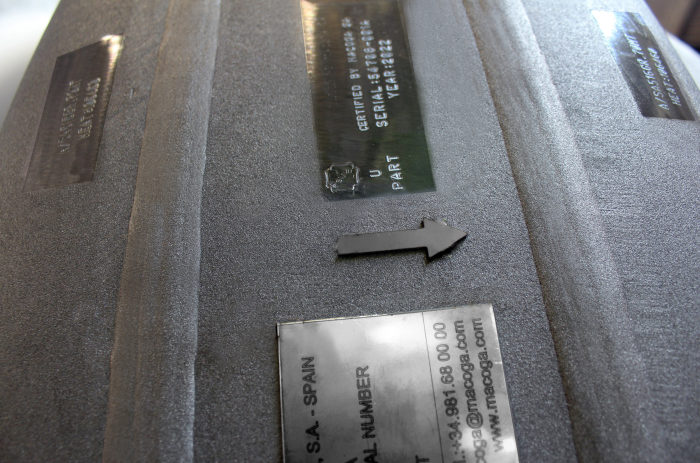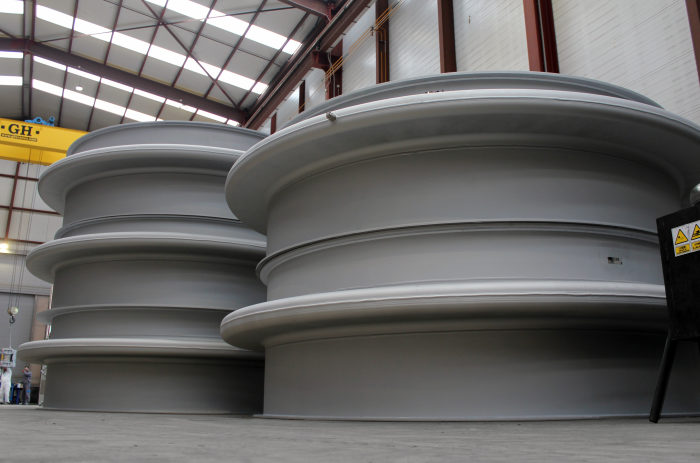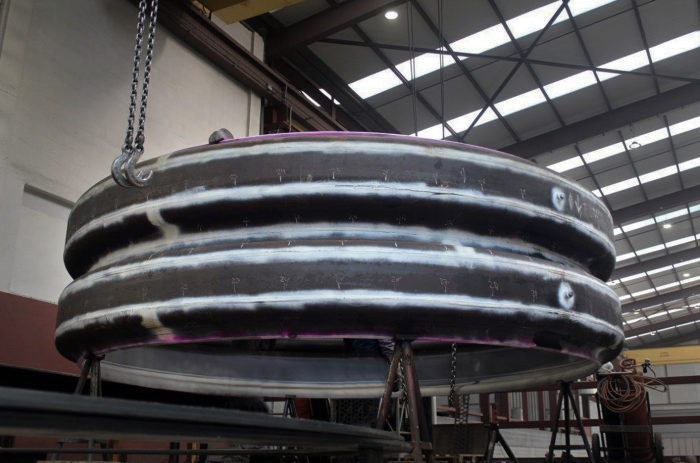
A special case of the Thick Wall type, Flanged and Flued expansion joints are made in two halves from flat annular plates. The outside edges of the plates are formed in one direction (flanged), and the inside edges are formed in the other direction (flued). The two halves are welded together and then welded into the heat exchanger shell. Because of the higher wall thickness, this type of expansion joint is rugged and the most durable from the standpoint of abuse, but it has the disadvantage of limited flexibility.
MACOGA MFF Expansion Joints are designed as per ASME VIII-1 mandatory Appendix 5 guidelines for the design of flanged and flued expansion joints and ASME Appendix 26 and EJMA that provide methods of calculating the stresses, fatigue life and spring rate.
